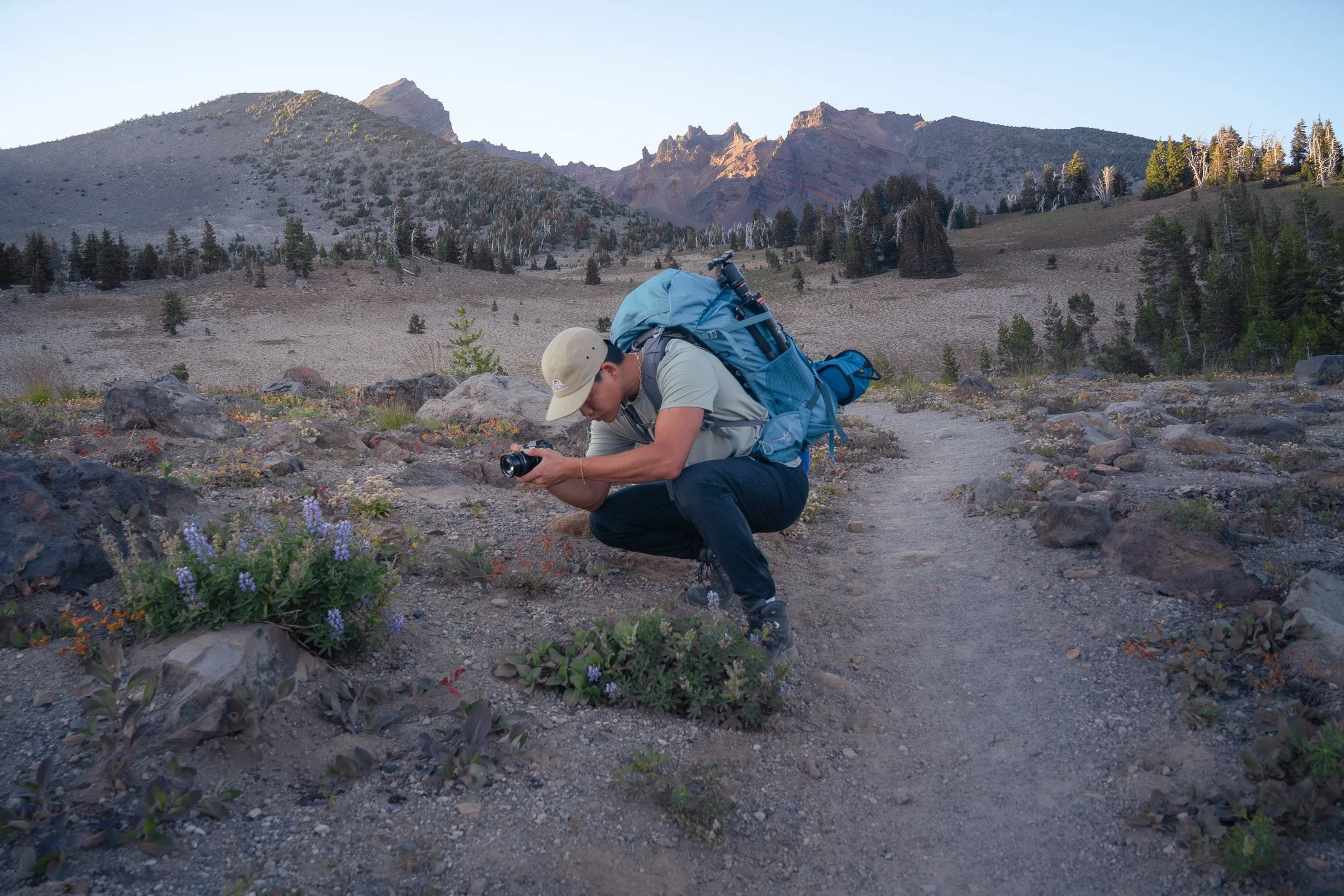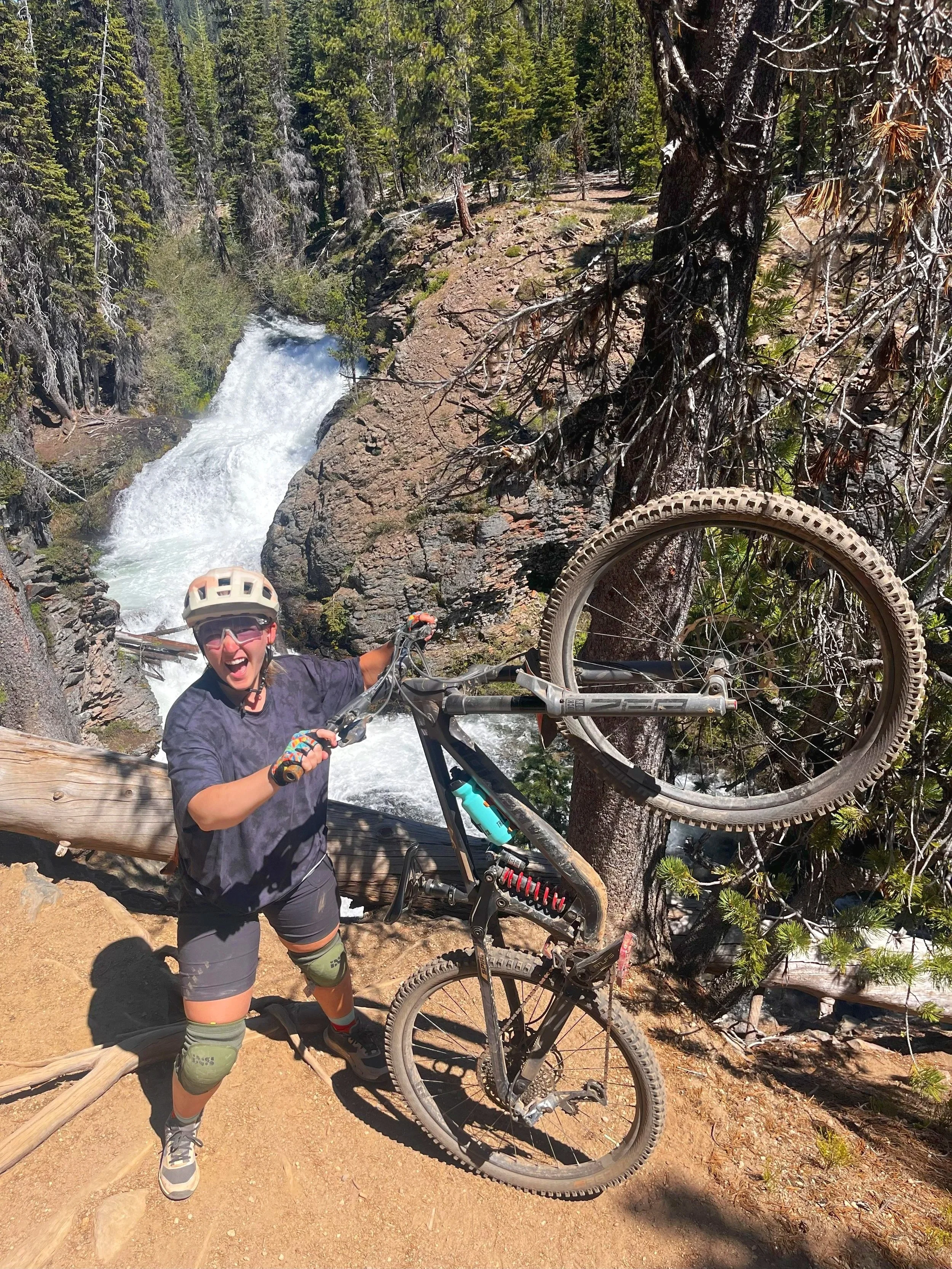The Hunt For The Great Horned Owl (And How To Process It)
If you are a person that spends really any amount of time enjoying the great outdoors, weather it be driving to a scenic viewpoint, hiking, mountain biking, or sitting on your back porch; there is one thing that makes all of us stop in awe. That thing? Amazing views of the landscape or some neat animal that you have spotted. For me, there is one animal that sits above all others when it comes to seeing it in the wild. That animal is an Owl. I have seen them in Zoos, shows, and of course all over social media. But I have never seen one in the wild! At least not until now! At the time of writing this article, I saw my very first Owl in the wild. It just so happened to be a Great Horned Owl located near Tacoma Washington and it was completely on accident! Read more below for a brief synapse of the story that lead to me getting my first photo of an owl ever followed by a quick editing workflow tutorial for this photo.
The Story:
It all started about 2 years ago. I had just moved to Washington from Oklahoma and was eager to start exploring and capturing some amazing PNW landscapes. We finally got settled in our new home and were heading out on our very first PNW adventure out in the mountains. We were AMPED! On this particular day, we were heading to Tiger Mountain to explore one of the most popular mountain biking trail systems in the area. Not even 30 seconds into the ride, we stumbled across a black bear just above the parking lot. Such a neat animal as well! Fast forward a couple weekends, and we decide to go mountain bike a trail called Suntop for a bit more of an adventure riding day. Along the way, we spotted a couple different Bald Eagles. Also an amazing bird to see and photograph. At this point, I am starting to get the itch to get the necessary equipment to start photographing these amazing creatures. Fast forward a couple months into about mid fall. I was scrolling through Instagram when I stumbled upon some amazing photographs of owls in the PNW. It was seeing these photos that sparked the Hunt for some PNW Owls of my own. Coincidentally, we had also recently decided to take a family vacation to Alaska in the Summer. I now had 2 perfect reasons to invest in a new lens and equip myself to photograph wildlife!
I spent quite some time researching lenses and knew that I wanted the ability to reach 600mm. I ultimately decided to go with the Sigma 150-600mm f/5-6.3 DG DN OS Sports Zoom Lens to pair with my Sony a7Rii. My reason was, in short, because it was a bit more affordable than the Sony 600mm lens and seemed to have similar level of sharpness and focusing capabilities. I also have a buddy who I have gone on some photography trips with that has used this lens and spoke very highly of it.
Now equipped with the tools to capture wildlife, I started my hunt. Miles and miles of hiking and hours and hours of research to figure out where and when I would have the best chance of spotting an owl. Nothing. I am talking months going by to no avail. Now, I had at this point got lots of photos of Whales, Bald Eagles and other various birds, Seals, and various other wildlife. But the Owl continued to allude me. Social Media photos of Owls continuing to taunt me. So many Hikes and Mountain biking days listening to owls in the woods but unable to spot them through there spectacular camouflage.
Fast forward to about a month ago, we were about 2 weeks from moving out of Washington and heading to Oregon. I thought my hopes of photographing an Owl in Washington were over. One night, Claire and I decided to go check out this sunken ship in the Puget Sound that you can hike to. Not sure if you actually can or not as the tide was all the way up when we arrived and the ship was way way out in the water. But, along the hike down, I just so happened to look up and to my left into this grouping of trees. Not sure why, but I did. And there it was. A Great Horned Owl watching me silently from a tree branch. I immediately dropped everything and got setup and started clicking away. I finally did it! I photographed an Owl in Washington! It felt like such a huge treat getting to do so.
So what is the point in this story? I relearned the beauty of the process, the beauty of patience, and the ultimate reward of a goal coming to life. A lesson all of us I think could always use a reminder about.
The Editing Process:
Now with the story complete, lets get into a brief breakdown of the editing workflow I used for this photo. For the purpose of showing the process, I lets use this photo:
The steps to finish the edits from each photo is simple and time saving. Simply copy the edit settings and paste them across the photos you want to use. You likely will need to go back and fine tune any masks you created, but Lightroom really does do a pretty great job at identifying mask location when doing this.
SO, here is the process:
Lets break it down:
Step 1: Adjust your white balance and temperature.
Step 2: Adjust contrast (start with the curve tool then make minor adjustments on slider), highlights, shadows, and exposure.
Step 3: Adjust your colors. I like to start with the HSL slider and drag EVERY color’s saturation down to 0. This way I can focus on the colors I really want to bring attention to. First see what colors have the biggest impact on the photo. Then work the colors from least impactful to most impactful. Next head to the color grading tool and work shadows, highlights, then midtones. Lastly, head to color calibration. This is an insanely powerful tool I love. Minimal movement is key but it will make massive impact.
Step 4: Apply your effects. This is talking about texture, clarity, and dehaze. Also powerful tools where small changes have great impact. For this photo, I wanted to soften the image up some and give it a slight ethereal effect (also known as the Orton effect). Depending on the photo I find you can get better results in Photoshop for this, but for this photo, Lightroom was perfect.
Step 5: Masking. Your photo has the colors and general “vibe” you are going for by this point. Masking is the single most powerful and versatile tool at your disposal. This is where you can truly effect the actual effect of light on your image and in turn can really create a visual path for a viewers eyes. I spend majority of my time working on colors and masking because I believe these are the 2 most crucial steps. For this photo, I used radial masks to accentuate the light coming in to the tree, the glow from the Owl, the bright yellow of the Owl’s eyes, and darken the surrounding tree to create a visual path to the Owl.
If you enjoyed this tutorial, please let me know if you would want to see more in depth tutorials!














Looking for enduro worthy trails in a city famous for its flowy XC mountain bike riding? In this guide, I reveal my updated top 5 favorite Enduro flavored mountain bike trails in Bend, Oregon as the 2025 MTB season is coming to a close! Plus, get the best spots to refuel with craft beer and local eats after your ride! Click to read the full article and discover the top 5 trails (and best local spots) that make Bend a dream destination for mountain bikers.